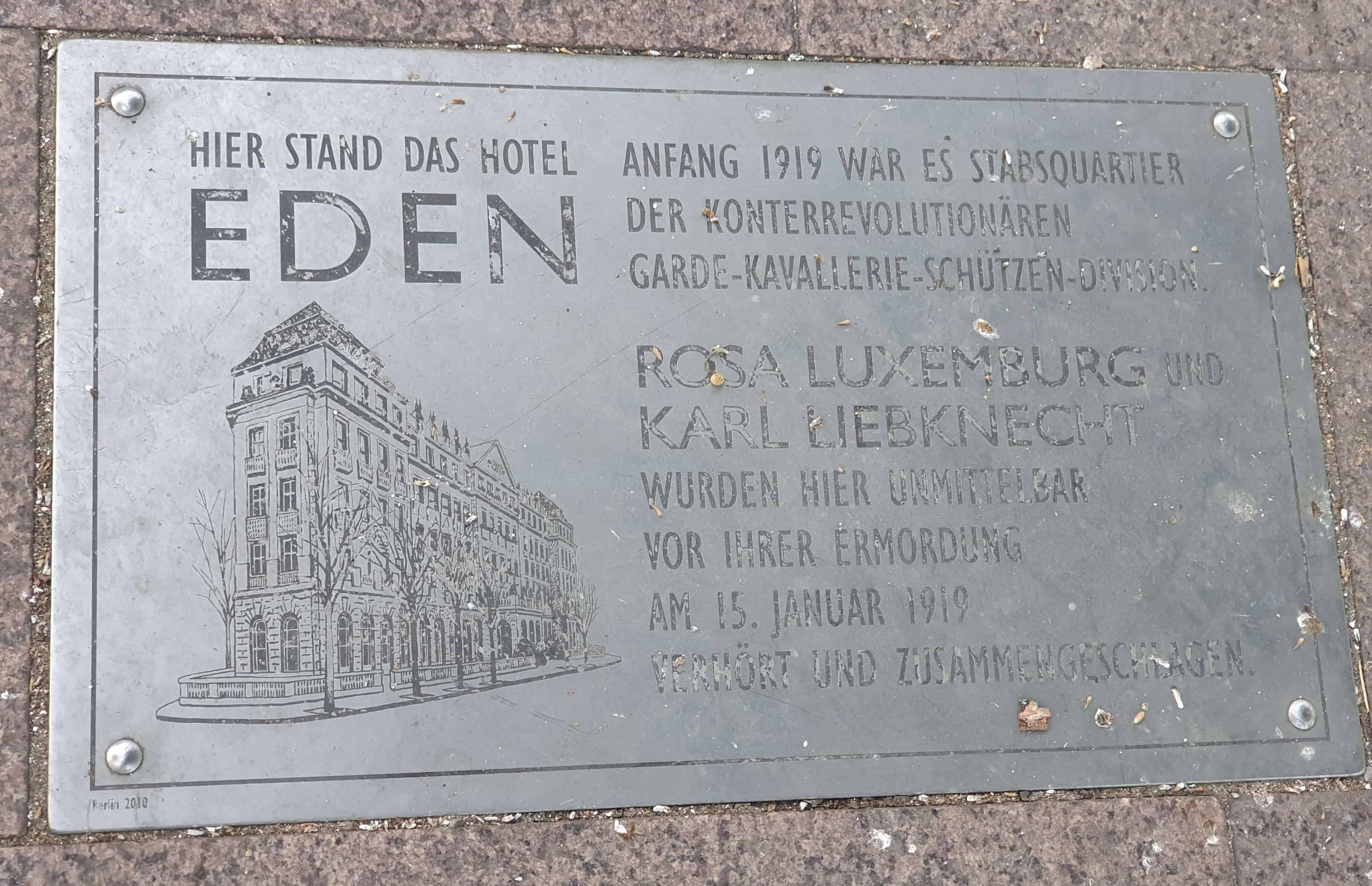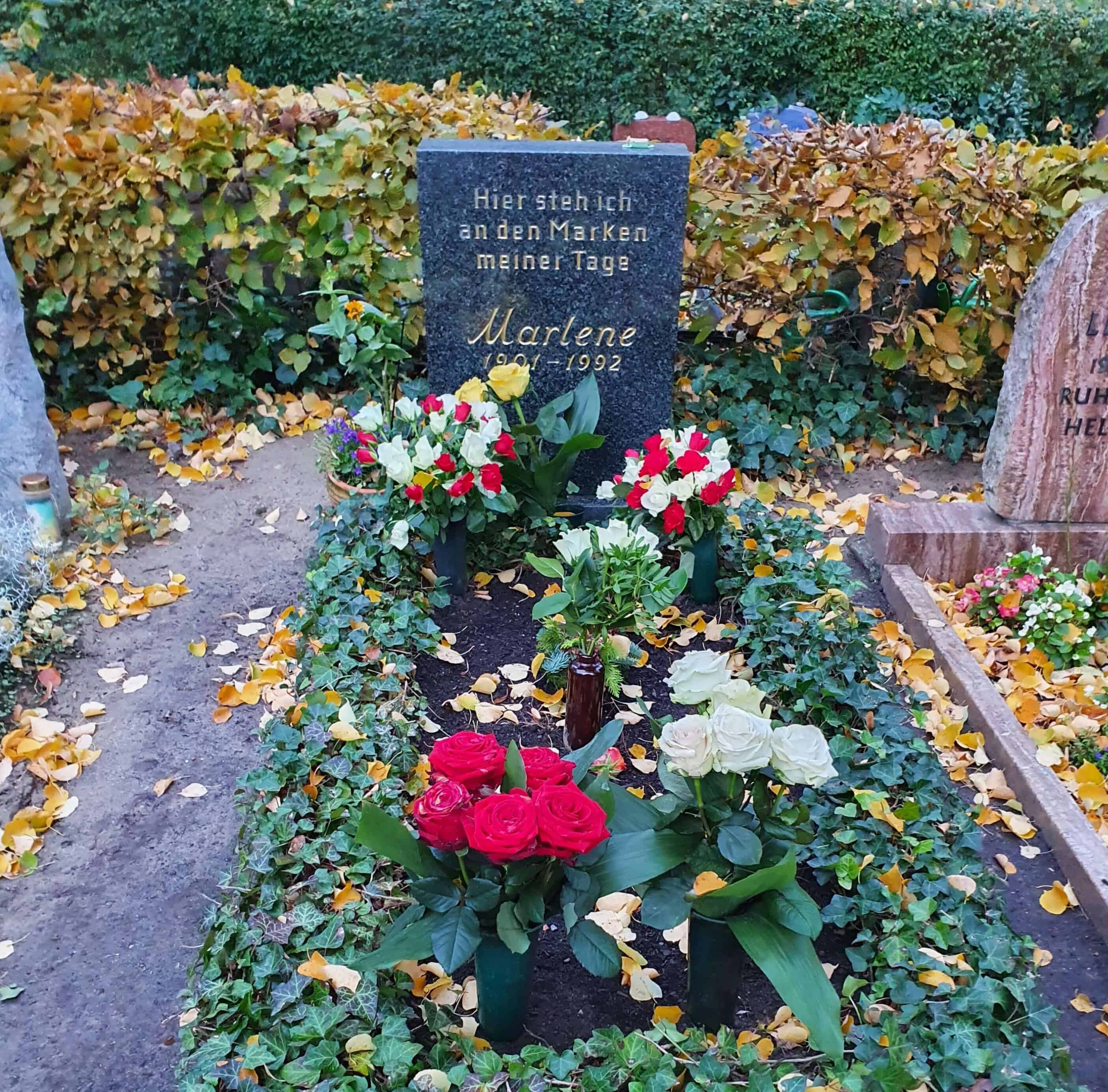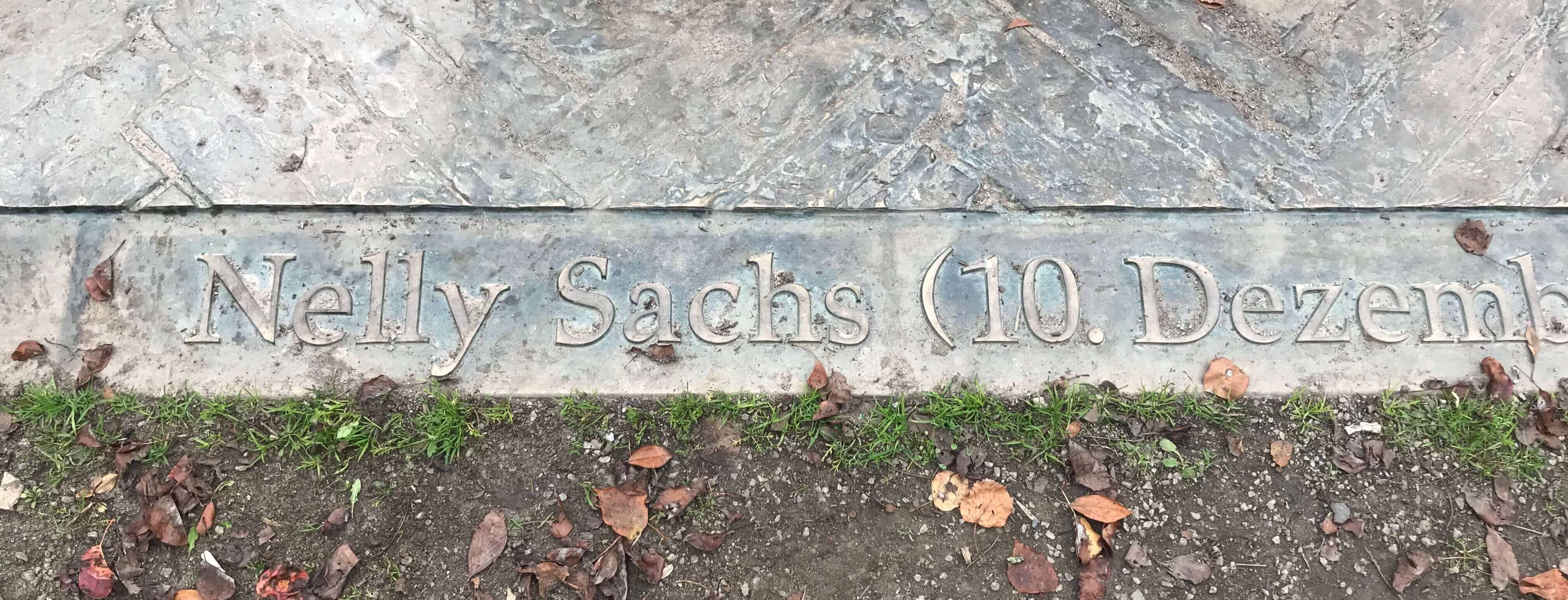Berlin’s streets whisper stories of resilience and rebellion, especially through the lives of powerful women who shaped culture, politics, and philosophy against the odds. From revolutionary thinkers to trailblazing artists, these women challenged conventions and left lasting legacies in Germany and beyond.
For visitors, their stories are not abstract history: you can walk the same streets, visit their memorials, and pause by their graves. From Rosa Luxemburg’s memorial plaque to Marlene Dietrich’s resting place, from the “Abandoned Room” dedicated to Nelly Sachs to Hannah Arendt’s legacy near the Reichstag—Berlin invites you to trace these women’s footsteps.
Sophia Louise of Mecklenburg-Schwerin (1685–1735)
Sophia Louise, the fourth child of Duke Frederick of Mecklenburg-Grabow, was celebrated in her youth as the “Venus of Mecklenburg” for her lively and outspoken spirit. As Queen of Prussia, married to King Frederick I, her refusal to obey rigid court etiquette caused both admiration and scandal.
One of the most famous episodes occurred in 1710. While the King was away, Sophia gathered the ladies of the court to embroider a gift. Among them was Countess Katharina—also the King’s mistress. When her servant dared bring her coffee, Sophia considered it a shocking breach of etiquette. Ordering Katharina to leave, the Countess mocked her with: “I think I really shall.” Furious, Sophia commanded that she be thrown out the window. Katharina escaped, but the story cemented Sophia’s reputation as a fearless, independent woman—some even call her a proto-feminist of German history.
Visitor Tip: Sophia Louise has no dedicated memorial in Berlin, but her story can be explored at the Charlottenburg Palace, where exhibitions on Prussian queens often highlight women’s roles at court. After your visit, enjoy coffee at Café Wintergarten im Literaturhaus (Fasanenstraße 23, 10719 Berlin)—a literary café evoking the salon culture Sophia herself might have appreciated.
Rosa Luxemburg (1871–1919)
Rosa Luxemburg, co-founder of the German Communist Party in 1918, remains one of the most influential female figures in world politics. A Jewish revolutionary, she opposed World War I and predicted the collapse of Germany and Austria-Hungary.
With Karl Liebknecht, she created the Spartacus League, the foundation for the Communist Party of Germany. Arrested in 1916, she continued writing in prison, supporting the Bolshevik Revolution.
In January 1919, Rosa was murdered during the Spartacist Uprising in Berlin. Her body was thrown into the Landwehr Canal, and her death turned her into a martyr for revolutionary struggle.
Visitor Tip: See the plaque marking the site of the former Eden Hotel near Zoologischer Garten. Rosa is buried at the Friedrichsfelde Memorial Cemetery (Lichtenberg). After visiting, pause for reflection with coffee at Silo Coffee (Gabriel-Max-Straße 4, 10245 Berlin), a specialty café loved by locals.
Hildegard Knef (1925–2002)
Hildegard Knef was a German actress, singer, and writer known for her resilience and refusal to conform. After finishing her acting studies, she famously rejected an invitation to meet Nazi propaganda minister Joseph Goebbels—a courageous act of defiance.
In 1950, Knef starred in Die Sünderin (The Sinner), Germany’s first film to feature nudity. The scene caused outrage, especially from the Catholic Church, but Knef defended herself: “It is utterly absurd for people to fuss about nudity only five years after Auschwitz.
” She later reinvented herself as a chanson singer, with her most famous hit, Für mich soll’s rote Rosen regnen (“It shall rain red roses for me”), becoming an anthem of female independence.
Visitor Tip: Visit the Deutsche Kinemathek (Film Museum, Potsdamer Straße 2) where costumes, photos, and recordings of Knef are displayed alongside Marlene Dietrich’s archive. For a stylish break, stop at Café Einstein Stammhaus (Kurfürstenstraße 58, 10785 Berlin), a Viennese-style café where artists and intellectuals still gather.
Marlene Dietrich (1901–1992)
Born Marie Magdalene Dietrich in Berlin’s Schöneberg district, Marlene rose from cabaret stages to become a global icon of glamour and anti-fascist defiance. Her breakout role as “Lola-Lola” in The Blue Angel (1930) catapulted her to Hollywood, where she rivaled Greta Garbo as the ultimate femme fatale.
Dietrich rejected Nazi offers to return to Germany, instead becoming a U.S. citizen and entertaining Allied troops during WWII.
She received the U.S. Medal of Freedom and became a bisexual icon whose androgynous style challenged gender norms.
Visitor Tip: Pay respects at her grave in Friedenau Cemetery (Stubenrauchstraße 43–45). Include an image of her simple gravestone. Nearby, stop at DoubleEye (Belziger Str. 9, 10823 Berlin), one of Berlin’s most famous coffee roasteries. For more on her career, visit the Film Museum (Deutsche Kinemathek) and include a poster of The Blue Angel for visual flair.
Nelly Sachs (1891–1970)
Nelly Sachs, a Jewish poet born in Berlin’s Tiergarten, transformed her Holocaust trauma into haunting verse that earned her the Nobel Prize in Literature in 1966 (shared with S.Y. Agnon).
In 1940, with the help of Swedish author Selma Lagerlöf and the Swedish royal family, Sachs fled Berlin for Stockholm on one of the last rescue flights.
Her early romantic poetry gave way to works of mourning and remembrance, such as In the Dwellings of Death (1947). In her Nobel acceptance, she declared she represented “the tragedy of the Jewish people.”
Visitor Tip: Visit the “Abandoned Room” memorial (Koppenplatz, Mitte), a haunting bronze sculpture with a quote from Sachs’s poetry. Add an image of the site. For a cozy stop, try The Barn café (Auguststraße 58, 10119 Berlin), just a short walk away in Berlin’s art district.
Hannah Arendt (1906–1975)
Philosopher Hannah Arendt reshaped political thought with her writings on totalitarianism and the “banality of evil.”
Arrested by the Gestapo in 1933 for researching antisemitism, she fled Germany, eventually becoming a U.S. citizen and writing The Origins of Totalitarianism (1951). Covering Adolf Eichmann’s trial in Jerusalem, she coined the now-famous phrase “the banality of evil.”
Her Berlin years were formative, filled with debates in intellectual and Zionist circles. Though controversial, her independent thinking continues to influence global discussions on democracy and ethics.
Visitor Tip: Walk along Hannah-Arendt-Straße near the Reichstag. The Topography of Terror museum (Niederkirchnerstraße 8) is where she was briefly detained by the Gestapo—now a site of historical education. After your visit, relax with cake and coffee at Café Wilhelm (Wilhelmstraße 67, 10117 Berlin), just steps away.
Elsa Dublon (1906–1998)
Elsa Dublon was a pioneering modern dancer and choreographer. Trained under Mary Wigman in Dresden and Berlin, she was forced out of the German dance scene in 1933 due to her Jewish heritage.
In 1936 she emigrated to British Mandate Palestine, where she fused German modern dance with Jewish folk tradition, choreographing the beloved folk dance Mayim Mayim.
Her work bridged European expressionism and Israeli cultural identity, making her one of the unsung heroines of Jewish women in the arts.
Visitor Tip: Berlin has no dedicated memorial for Dublon, but her legacy lives in the city’s dance institutions. Visit Tanzfabrik Berlin (Möckernstraße 68) for modern dance performances echoing her era. Afterwards, stop for drinks at BRLO Brwhouse (Schöneberger Straße 16, 10963 Berlin), a lively craft brewery just nearby.
Vintage Shopping in Berlin

